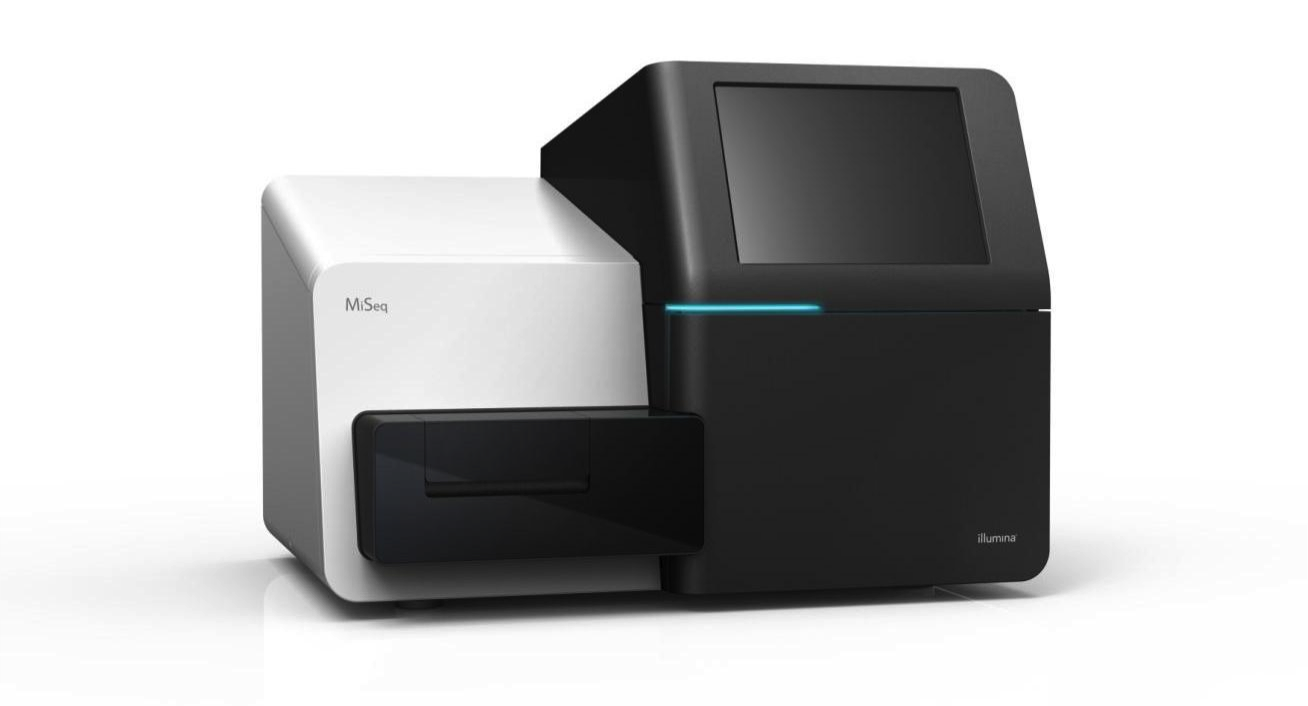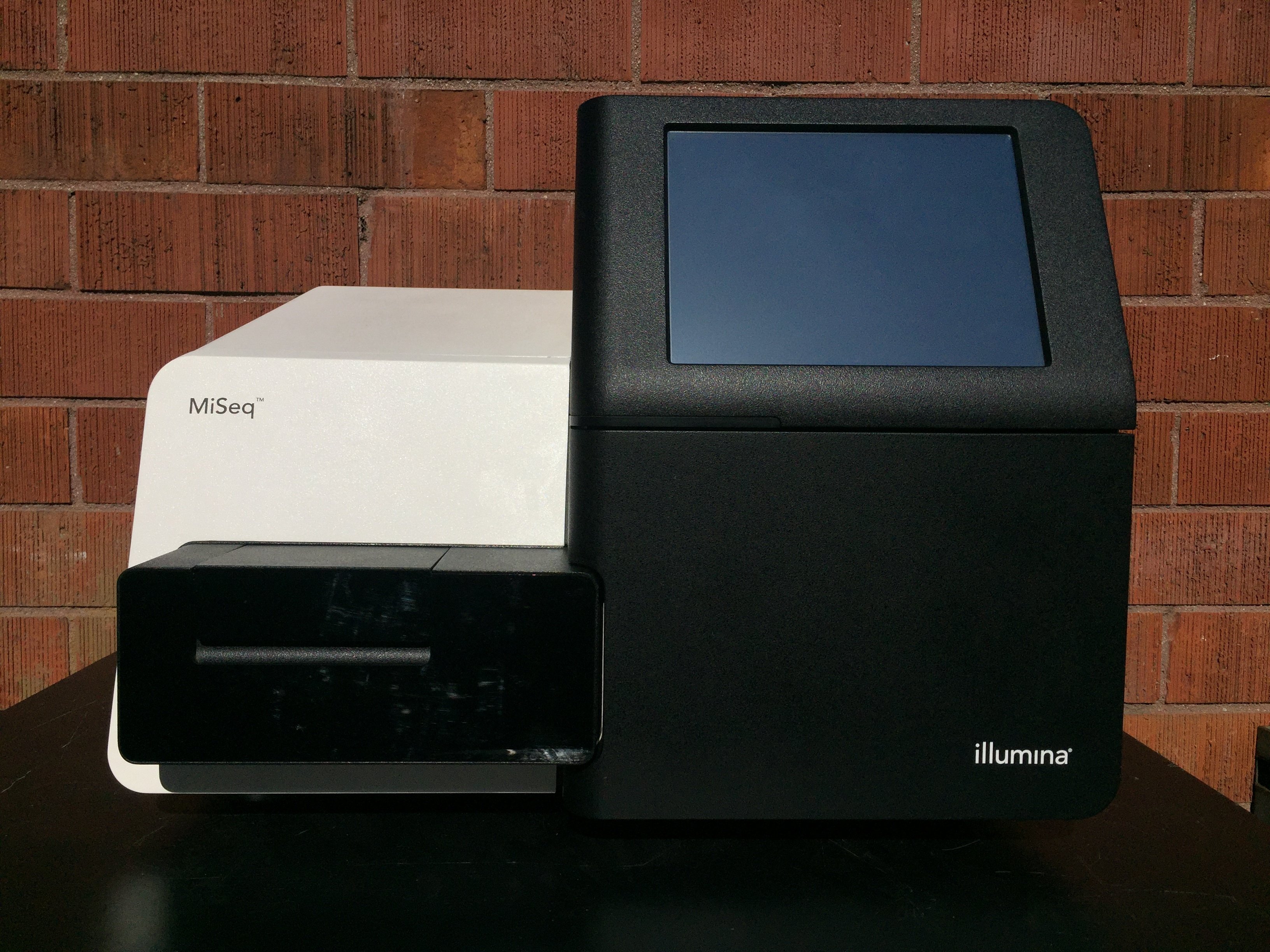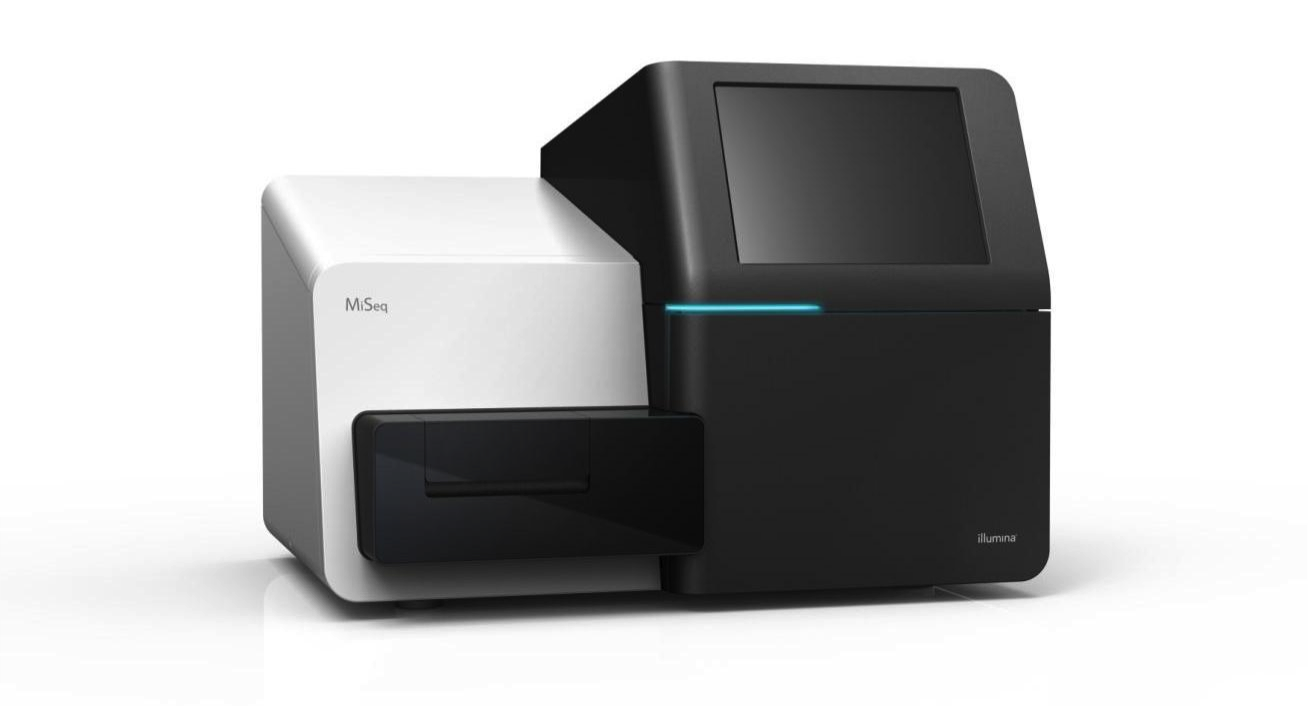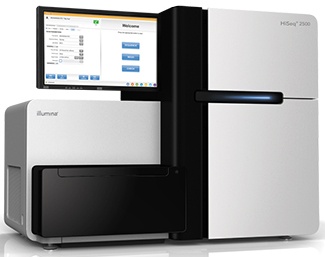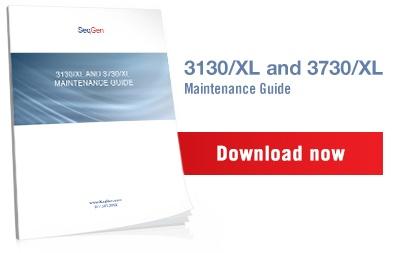We all love the MiSeq for the fast turnaround, remarkable data quality and its streamlined workflow. However, from time to time, our trusty machines will have an off day that can throw an elephant-sized wrench into your plans. From time to time, you may notice that you are unable to start your Miseq run because the pre-run flow check is failing.
If you’ve been using your MiSeq for any length of time, you know that cluster density is a crucial part of NGS to generate the best and most data possible. Under-clustering and over-clustering your data will result in similar errors since your machine will not be able to find the best cluster focus in either case. In order to get the most data possible out of each of your runs, you’ll need to find your “sweet spot” to get the most usable data.
We all know that reagents for Next-Gen Sequencing can be enormously expensive. Since most labs are running on tight budgets, it’s natural to try to pinch pennies anywhere possible. But one thing you don’t want to try to save money on might be a surprise.
It seems like more and more, we’ve seen our customers using low-grade, deionized water in their MiSeq’s. While this might seem like an easy way to save a few dollars and avoid dealing with the manufacturer, you could actually be doing damage to your machine.
Everyone knows how truly incredible Next-Generation Sequencing is. From its unparalleled speed and throughput, to the reduced manpower and cost it takes to perform, there’s never been a better way to sequence a genome.
For many labs, offering Next-Generation Sequencing is an absolute necessity, while others have experienced the growing need to provide NGS technology because of the numerous advantages. From research to forensics and everything in between, chances are your lab can benefit from NGS.
Yes, we all know it’s that time again. New Year’s Resolutions are notoriously hard to keep, however you’ve finally convinced yourself, “This is the year I finally stick with my gym membership past February!” But have you thought about any resolutions for your lab?
Check these 5 things.
We don’t need to tell you the importance of having your HiSeq operating at its full potential, but it can be difficult to determine if your machine is in need of a preventative maintenance visit.
But luckily there are a few tell-tale signs to look for in each area. If you feel that your HiSeq performance is beginning to decline, and you’re noticing discrepancies in your data, check for these 5 things for common errors.
Your lab has made the leap into the next generation sequencing world. It's an amazing technology that has exceeded the boundaries of what traditional sequencing methods could support. With tons of moving parts in the HiSeq, the list of possible errors you can encounter during a run is seemingly endless.
This quicker sequencing capability also brings the concern of bigger and costlier repairs or even annual maintenance service. To avoid sub-par results from your samples, a preventative maintenance visit should be scheduled at least once a year for your HiSeq.
Congratulations! You finally have a fancy new next-generation sequencer, and now your throughputs are going to go through the roof. However, just like with any sequencer, you need to have a coverage plan, for instances when something goes horribly wrong. You might think that you’ll be fine for the first year since Illumina provides a warranty, but that isn’t quite the case.

